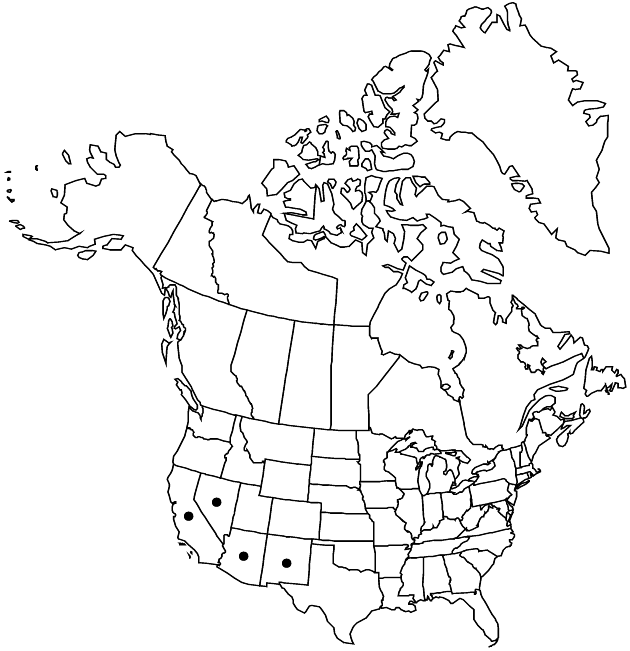Difference between revisions of "Ericameria cuneata var. spathulata"
Univ. Calif. Publ. Bot. 3: 52. 1907.
Basionym: Bigelowia spathulata A. Gray Proc. Amer. Acad. Arts 11: 74. 1876 (as Bigelovia)
imported>Volume Importer |
imported>Volume Importer |
||
| Line 51: | Line 51: | ||
|publication year=1907 | |publication year=1907 | ||
|special status= | |special status= | ||
| − | |source xml=https:// | + | |source xml=https://bitbucket.org/aafc-mbb/fna-data-curation/src/2e0870ddd59836b60bcf96646a41e87ea5a5943a/coarse_grained_fna_xml/V19-20-21/V20_89.xml |
|tribe=Asteraceae tribe Astereae | |tribe=Asteraceae tribe Astereae | ||
|genus=Ericameria | |genus=Ericameria | ||
Latest revision as of 20:06, 5 November 2020
Leaves petiolate; blades spatulate, largest (9–)12–25 × 4–16 mm, apices obtuse to retuse. Heads mostly discoid, 8–11 × 5–7 mm. Phyllary midnerves usually evident throughout, subapical resin ducts sometimes present, thickened and expanded apically, subapical herbaceous patches rarely evident. Disc florets 7–15. 2n = 18.
Phenology: Flowering late summer–fall.
Habitat: Rocky hillsides, canyon walls, rocky outwash slopes
Elevation: 700–1900 m
Distribution

Ariz., Calif., Nev., N.Mex., Mexico (Baja California).
Discussion
Selected References
None.
Lower Taxa
None.